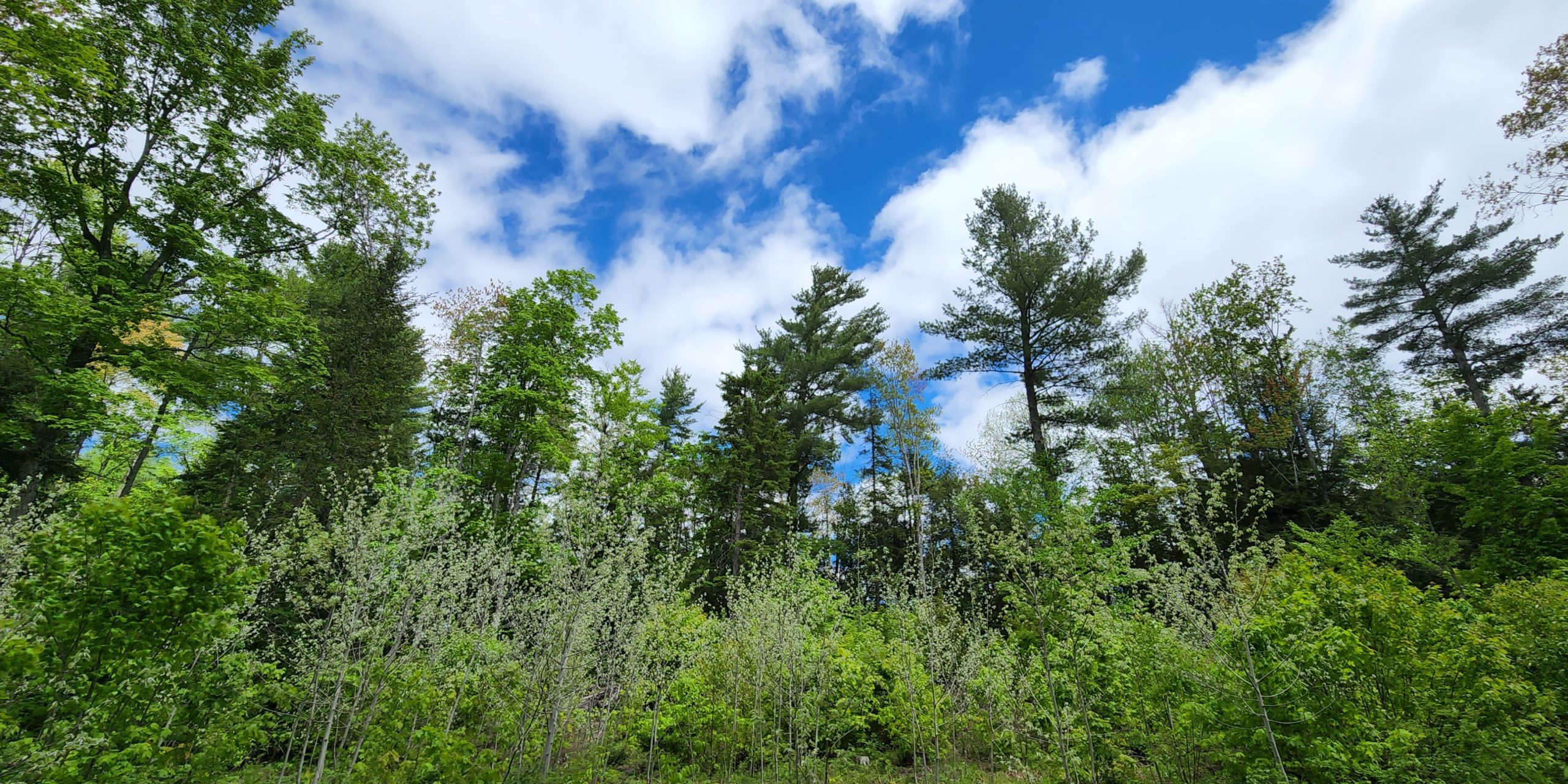Two-Hearted River Reserve

Two-Hearted River Reserve
Written by Alex Helman
The Nature Conservancy (TNC) purchased the property in 2005 from the Heartwood Forestland Fund IV (HFF IV), as part of a larger conservation deal which also involved the purchase of a conservation easement over approximately 240,000 acres of HFF IV’s ownership in the Upper Peninsula of Michigan. Prior to this transaction, the property had a long history of industrial ownership. The property was likely first heavily logged, along with much of the region, in the late 1800s. The first trees harvested were the large white pines, with the rest of the forest soon to follow. In the early 1900s, Cleveland Cliffs Iron Company (CCI) purchased the property, as part of a much larger timber ownership base across the region.
Due to the history of exploitative timber management, TNC’s primary focus on the property is restoring the forest via traditional and experimental silviculture while properly protecting and enhancing the water resources. When acquired, much of the upland portions had experienced some level of high-grading and otherwise profit focused management. The northern hardwood stands that dominate the upland areas significantly lacked diversity, being primarily sugar maple, red maple, and American beech. Historically, these stands would have a much higher component of yellow birch, American basswood, eastern hemlock, and other coniferous species. Since 2005, TNC, with the assistance of Compass Land Consultants, Inc., has been using a variety of silvicultural methods to promote diversity and improve forest health in much of the northern hardwood stands (roughly 33% of the reserve). These methods have included gap-based silviculture, heavy thinning to provide more resources for mid-tolerant tree species, and supplemental planting. A complicating factor in forest restoration activities is the devastating presence of beech bark disease (BBD) on the property. To replace the loss of mast producing beech, TNC planted northern red oak in areas that were hit especially hard by BBD and recently harvested. TNC also replaced a significant number of stream crossings across the property to improve fish passage and reduce sedimentation.
Future plans on the property include continuing the methods mentioned above, and exploring methods to regenerate lowland conifer species, which comprise over 50% of the reserve.
Forest Statistics
- Acreage: 24,400 acres
- State: Michigan
- Nearest Community: Pine Stump Junction, MI
- Forest Types: northern hardwoods, lowland conifer
- Manager: Alex Helman, The Nature Conservancy
- Primary Uses: forest restoration, protection, recreation
- Designations, Honors, and Certifications:
- FSC Certified
- Land Trust Alliance Certified
- Enrolled in MI’s Commercial Forest Program
Documents and maps
Stay Informed
about our recent projects and upcoming events.
